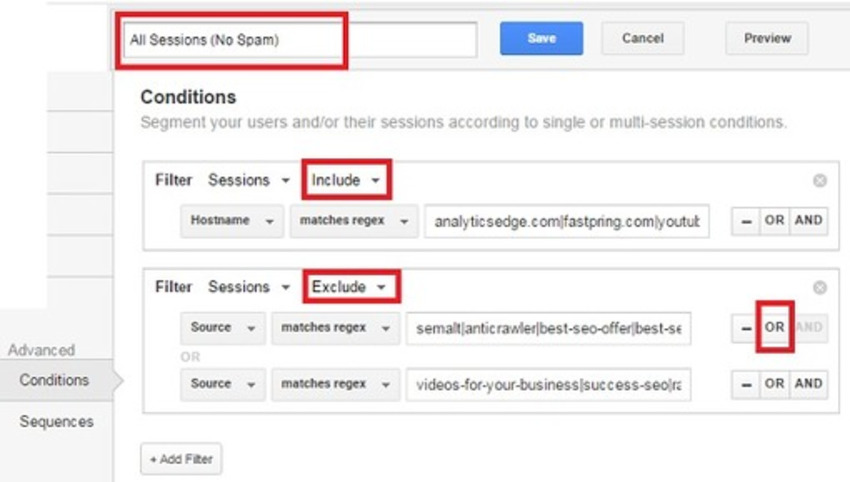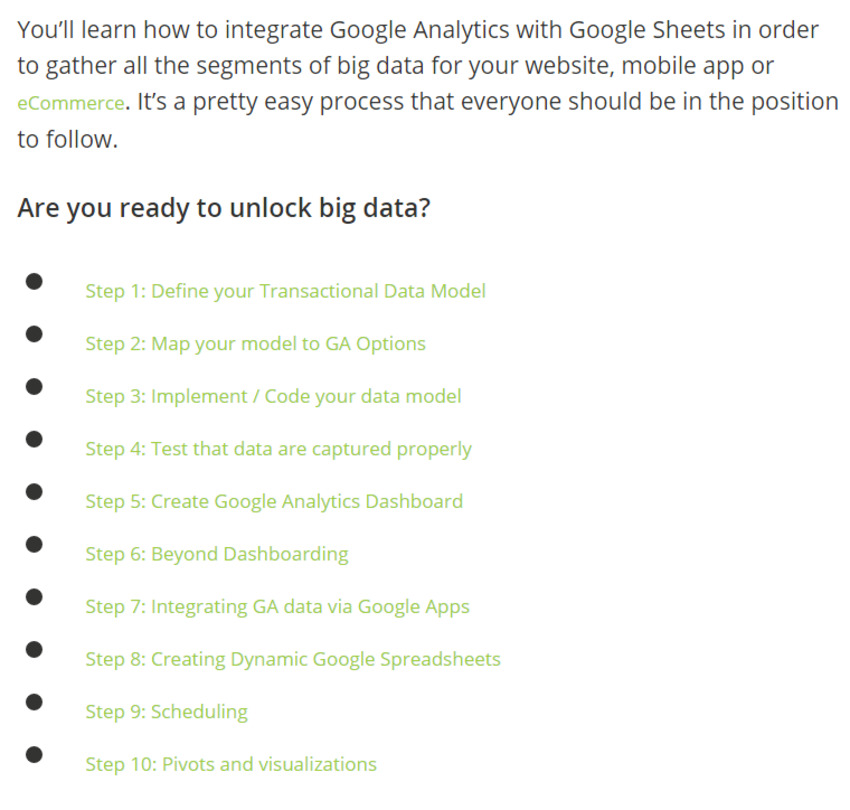1. How do I organize my account?
2. What kind of data can I access?
3. Why should I set up goals?
4. What is a segment?
5. How can I find out more about my (not provided) keywords?
Research and publish the best content.
Get Started for FREE
Sign up with Facebook Sign up with X
I don't have a Facebook or a X account
Already have an account: Login

 Your new post is loading... Your new post is loading...
Alex Goodwin's curator insight,
August 31, 2020 9:02 AM
It's technical but doable for the non-techie. We all face this, and it is dynamic, so you'll want to CT to see how it's done. Note that the author, Mike Sullivan, keeps this up-to-date.
marketingIO: MarTech for B2B Marketers. Strategy, Software, Services, Support, Staffing. Go here to submit RFQs. #MarTech #DigitalMarketing

EntreCulturas's curator insight,
November 23, 2017 11:56 AM
El big data es la herramienta que almacena todos los datos de la red. A la hora de crear un blog es muy importante poner el plugin Google Analytics para que recuente las visitas que se reciben, por ello el big data debe estar desbloqueado.
Los pasos son los siguientes: 1 - Analizar el modelo transaccional adecuado. 2 - Seleccionar el modelo de geolocalización. 3 - Codificar el modelo Big Data. 4 - Comprobar que los datos son los correctos. 5 - Crear un escritorio de Google Analytics. 6 - Desarrollar el escritorio. 7 - Añadir un geolocalizador a través de Google Apps 8 - Crear hojas de cálculo dinámicas. 9 - Estadísticas 10 - Visualizaciones

Ayman Saadallah's curator insight,
December 14, 2015 8:11 AM
How's your Google Analytics? Setup the way you need it so that you can derive value? More often than not, I find Google Analytics setup so that it provides a pat on the back, not insight. See above. |
|












![How to Become a Google Analytics Superhero [Infographic] - B2B Infographic | The MarTech Digest | Scoop.it](https://img.scoop.it/nNiRwuVTcWUf0gnrGtaYG_L6dadsvGA8m9WNoVsbzkY=)








And CT for the answers...
marketingIO: MarTech for B2B Marketers. Strategy, Software, Services, Support, Staffing. Go here to submit RFQs. #MarTech #DigitalMarketing